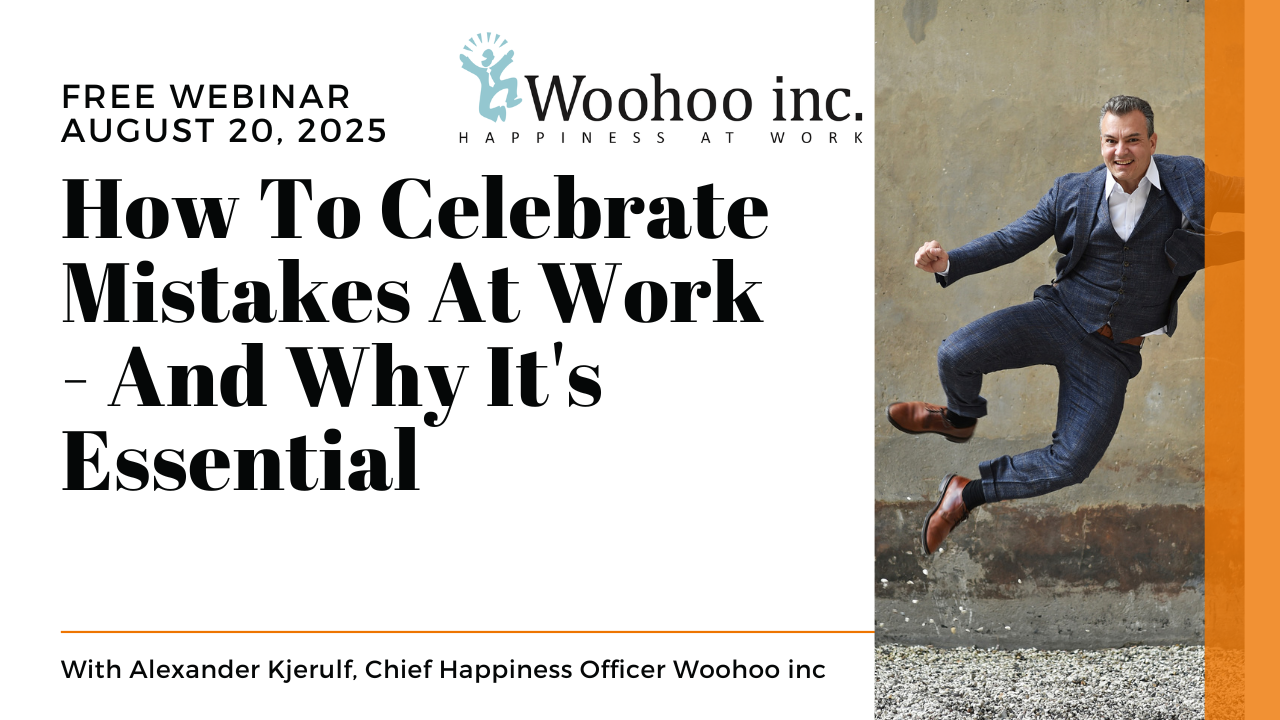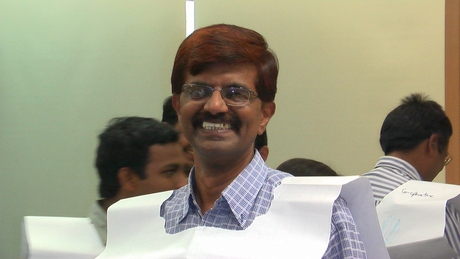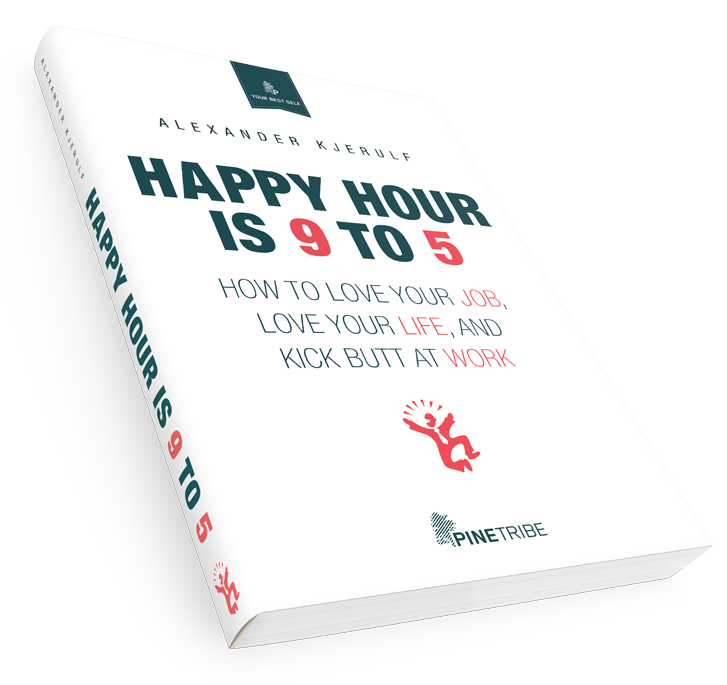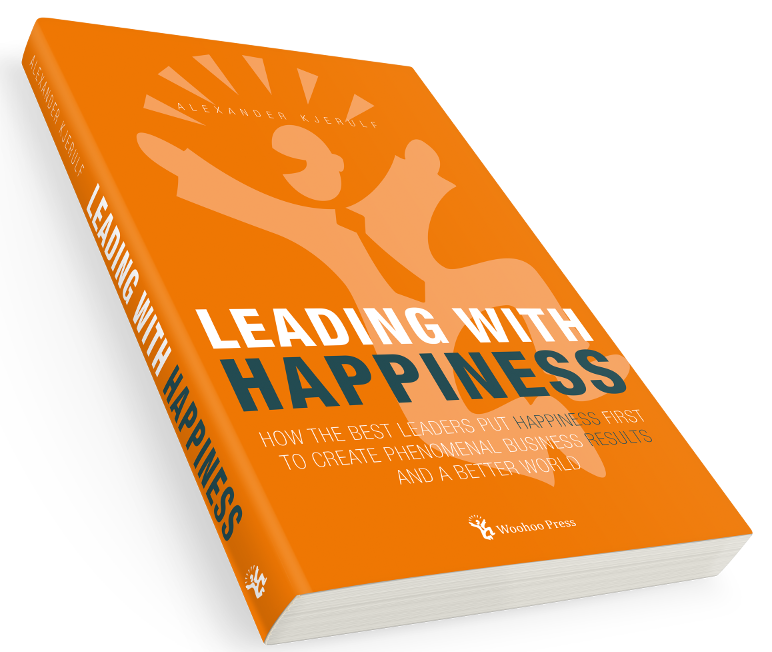 While I’m traveling the world making people happy at work, here is a guest post by Dan Schawbel. Dan is the lead personal branding expert for generation-y. He blogs at The Personal Branding Blog, publishes Personal Branding Magazine, directs Personal Branding TV, and is the head judge for the 2008 Personal Brand Awards.
While I’m traveling the world making people happy at work, here is a guest post by Dan Schawbel. Dan is the lead personal branding expert for generation-y. He blogs at The Personal Branding Blog, publishes Personal Branding Magazine, directs Personal Branding TV, and is the head judge for the 2008 Personal Brand Awards.
A happy brand is a successful brand
Ever wake up, dreading your typical routine 9-5 workday? I can picture you waking up, rolling out of bed, getting dressed, running to Dunkin Donuts, dreaming about being successful on the way to work and then finally sitting down at your cube watching the clock until you leave. Now who in their right mind would want to go through such an outrageous process? Today, I write before you, to tell you that you too can be happy at work. You may not be a Chief Happiness Officer or a Chief Technology Officer, but the same concept applies.
Introducing personal branding, the happiness-initiator and guess what, it’s free. Personal branding is the process by which we differentiate ourselves by identifying and articulating our unique value proposition to achieve a specific goal. Wouldn’t you want to be branded as a happy person? People don’t want to be associated with a miserable Grinch-like individual that hates their job and the people around them. Why not start the day with a smile on your face, greet people who walk past you and be perceived as a team player.
Of course, if your job doesn’t fit your brand, then this isn’t possible. Personal branding allows you to use social media vehicles, such as blogs in order to convey your passions, goals and expertise. Now, for free, anyone can have their own website and build a reputable brand name. I used to be in product marketing, but my real interest was in personal branding and social media, so through all of my personal branding efforts, I was able to sculpt a position at my company that I would be content with. You can do the same.
Anyone can achieve happiness, but in order to get to that point, you need to gain confidence in yourself, be optimistic and pursue your passion. Starting a blog is a great way to let others know what makes you happy, and building a community through your blog can link you up with those that share interests, thus you both can be happy. In the workplace, whether you are a consultant or working for a fortune 500 company, your attitude is a reflection of your standing, in terms of customer acquisition and retention. In a web 2.0 world, people deal directly with people, so you need to be a “people person.”
Take Guy Kawasaki for instance. When do you ever see him angry? Never, and that’s because his brand is built on giving back to others, being a good father and sharing business practices.
Being happy at your job is success. If you’re not happy with your job, then build a brand that reflects who you are and be recruited or start a company based on that.
 Creating peak experiences for employees and customers is a no-brainer. You gotta do it.
Creating peak experiences for employees and customers is a no-brainer. You gotta do it.


 A while back I got
A while back I got 






 My friend Annette (who is the CEO of
My friend Annette (who is the CEO of  James Parr at Omniblog has
James Parr at Omniblog has  While I’m
While I’m  It’s been pretty quiet around the blog last week because I’ve been in Istanbul giving a keynote at the HRDergi conference on performance management.
It’s been pretty quiet around the blog last week because I’ve been in Istanbul giving a keynote at the HRDergi conference on performance management. 


